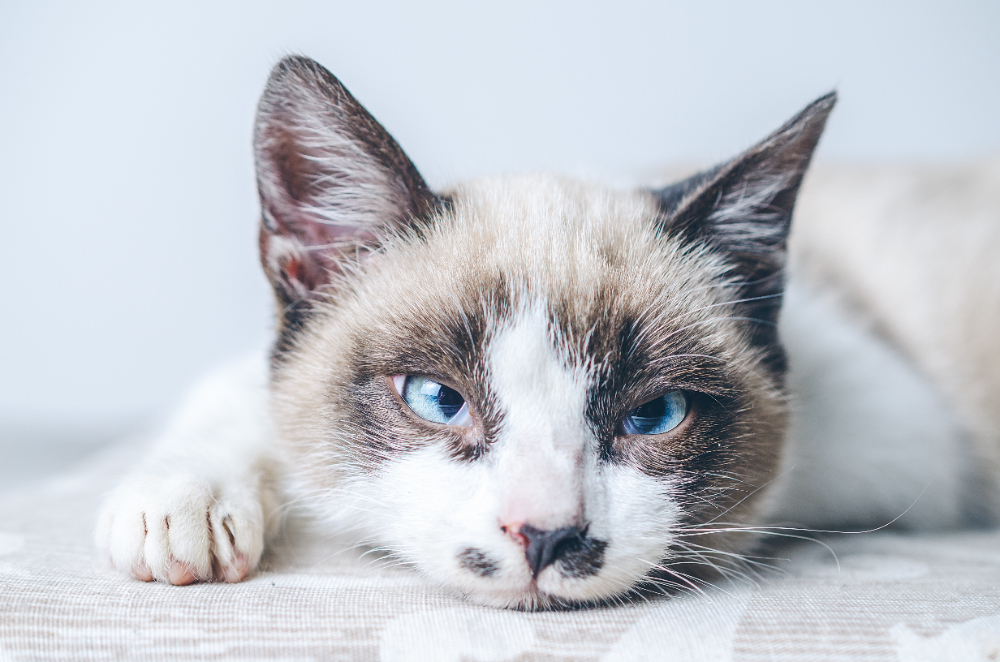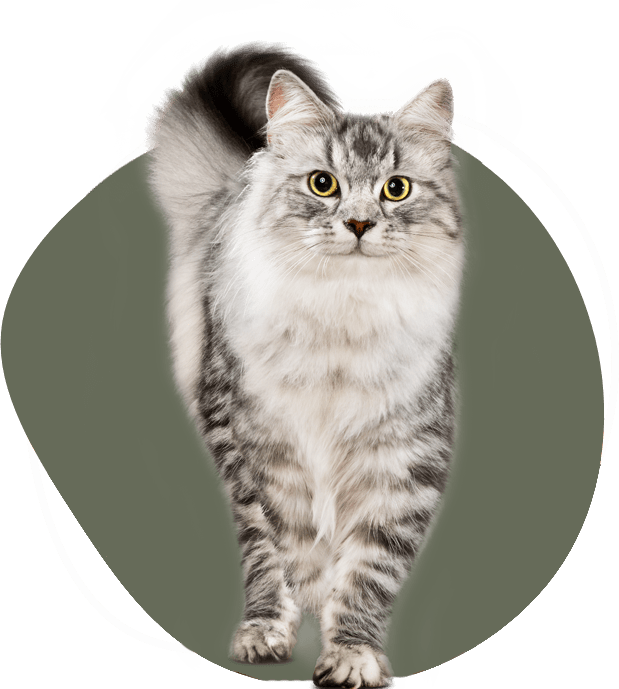Cats have an extensive range of vocalizations, each carrying unique meanings. From a soft purr to a sharp meow, these sounds are their way of communicating with humans and other cats. Understanding meowing, purring, and other vocalizations can strengthen your bond with your feline friend and help you address their needs more effectively. Let’s dive into the fascinating world of cat communication.
Why Do Cats Meow?
Meowing is a primary way cats communicate with humans. Interestingly, adult cats rarely meow to one another; this behavior is mostly reserved for interactions with people. Here’s what your cat might be trying to tell you:
- Attention-Seeking: A persistent meow often means your cat wants your attention. They might be hungry, bored, or simply looking for affection.
- Hunger or Thirst: If meowing occurs around meal times, it’s a clear sign your cat is asking for food or water.
- Greeting: A short, soft meow can be your cat’s way of saying hello.
- Distress: Loud, frequent meows can indicate discomfort, pain, or confusion.
- Health Issues: Older cats may meow more due to cognitive decline or other health concerns. Always consult your vet if the behavior seems unusual.
The Science Behind Purring
Purring is one of the most comforting sounds a cat makes. While it’s often associated with contentment, purring can serve various purposes:
- Happiness and Relaxation: Cats purr when they are relaxed and happy, such as when being stroked or lying in a cozy spot.
- Healing Mechanism: Research suggests that the frequency of purring (between 25 and 150 Hz) can promote healing and reduce pain.
- Stress Relief: Cats may purr to soothe themselves in stressful situations, such as during a visit to the vet.
- Communication: Mother cats and their kittens often use purring to bond and communicate.
Other Common Cat Vocalizations
In addition to meowing and purring, cats produce a variety of other sounds:
1. Hissing
Hissing is a defensive sound, signaling fear, aggression, or discomfort. It’s often accompanied by arched backs, flattened ears, and bared teeth.
2. Growling
Growling is a warning sign, indicating that a cat feels threatened. It’s best to give your cat space if you hear this sound.
3. Chirping and Chattering
These high-pitched sounds are usually made when a cat spots prey, such as birds or insects. It’s thought to express frustration or excitement.
4. Trilling
Trilling is a unique sound, a mix between a meow and a purr. Cats often use it as a friendly greeting or to get your attention.
5. Yowling
Yowling is a loud, drawn-out meow that can indicate mating calls, territorial disputes, or distress. Unspayed or unneutered cats are more likely to yowl.
How to Respond to Your Cat’s Vocalizations
Understanding your cat’s vocal cues can help you respond appropriately:
- For Meowing: Pay attention to the context. If your cat meows near their food bowl, they’re likely hungry. If they’re pacing and meowing, they might want to play or explore.
- For Purring: Enjoy the moment when your cat purrs while being petted. If they purr during stressful situations, provide comfort and reassurance.
- For Hissing or Growling: Respect their space and try to identify the source of stress or fear.
- For Chirping and Chattering: Engage your cat with toys that mimic prey to satisfy their hunting instincts.
- For Yowling: Check for underlying issues such as boredom, stress, or health problems. Spaying or neutering can also reduce this behavior.
The Role of Body Language
To fully understand your cat’s vocalizations, observe their body language. For instance:
- A relaxed cat with slow-blinking eyes is likely content, even if they’re silent.
- A cat with flattened ears and a puffed-up tail is feeling threatened and may hiss or growl.
- A playful cat may chirp or trill while crouching in a pouncing position.
How Cats Learn to Communicate
Cats adapt their vocalizations based on their environment and the reactions they receive. For example, if meowing at the door gets them outside, they’ll repeat this behavior. Similarly, cats may develop unique sounds to communicate with specific owners, as they learn what gets the desired response.
Tips for Enhancing Communication
- Spend Quality Time: Interact with your cat daily to build trust and improve communication.
- Observe and Learn: Pay close attention to patterns in your cat’s vocalizations and behaviors.
- Use Positive Reinforcement: Reward desired behaviors with treats or affection to encourage communication.
- Provide Stimulation: Keep your cat mentally and physically engaged with toys, scratching posts, and interactive play.
- Maintain Routine: Cats thrive on consistency. A predictable schedule can reduce excessive vocalizations.
Common Myths About Cat Vocalizations
- Myth: Cats Only Purr When Happy
- Fact: While purring often indicates contentment, cats may also purr when in pain or stressed.
- Myth: Meowing Always Means Hunger
- Fact: Cats meow for various reasons, including attention, discomfort, or curiosity.
- Myth: Hissing Means a Cat Is Mean
- Fact: Hissing is a defensive reaction, not an indication of a cat’s overall temperament.
When to Seek Professional Help
If your cat’s vocalizations are excessive, sudden, or accompanied by changes in behavior, consult a veterinarian. Potential issues might include:
- Pain or illness
- Cognitive dysfunction in older cats
- Stress or anxiety
Conclusion
Understanding meowing, purring, and other vocalizations is key to building a strong relationship with your cat. By paying attention to their sounds and accompanying body language, you can better meet their needs and ensure their well-being. Remember, every cat is unique, and learning their specific communication style will take time and patience. Listen closely, respond thoughtfully, and enjoy the rewarding experience of connecting with your feline companion.


